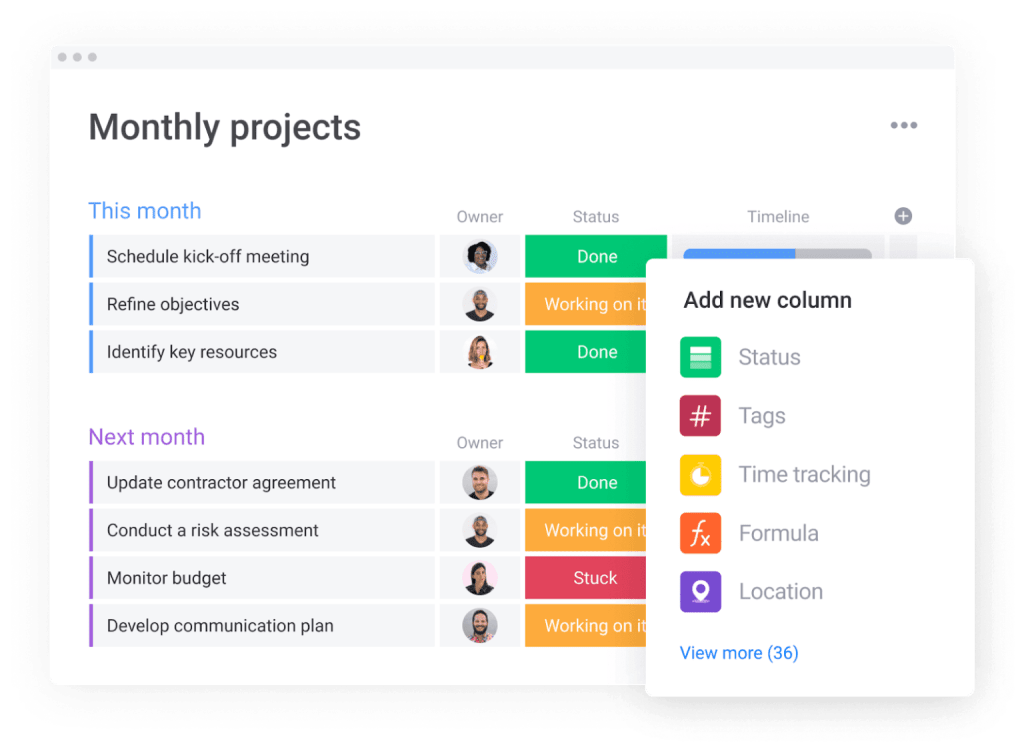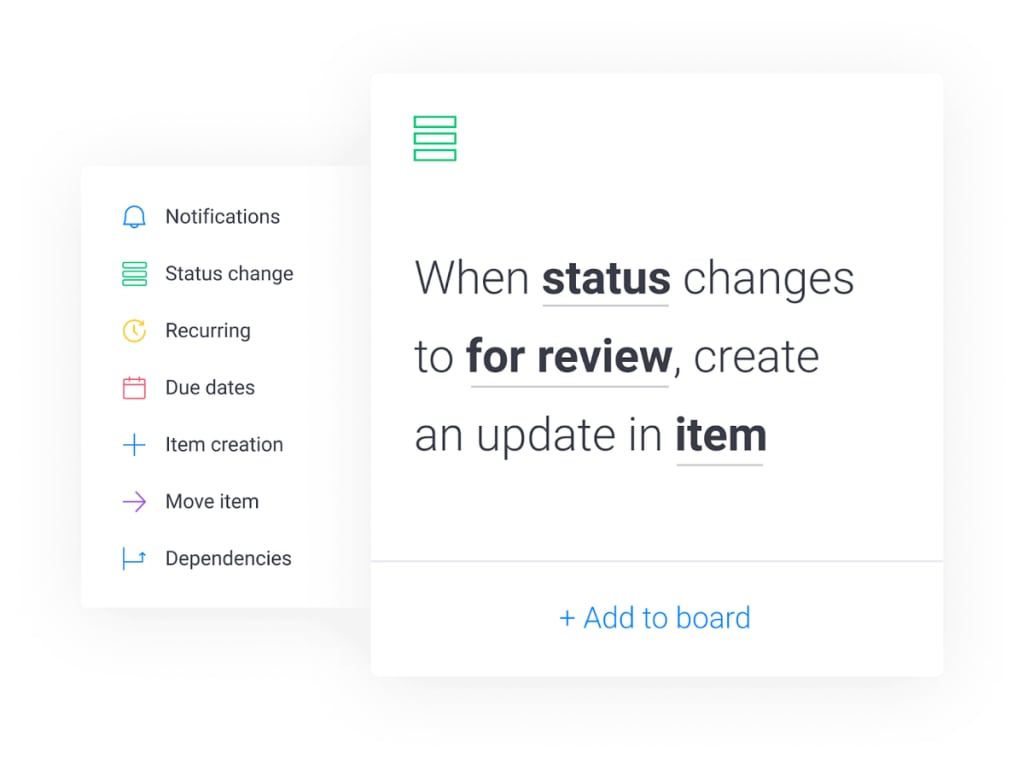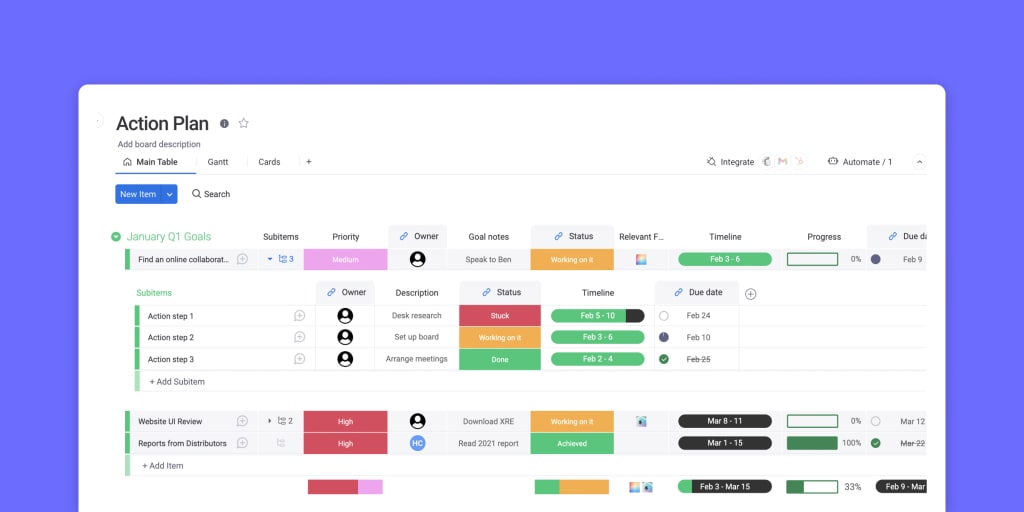With more companies permanently going hybrid, cross-functional collaboration is critical if you want to avoid slowdowns and stay ahead. But many are struggling to make it work.
According to Deloitte research, only 53% of the companies embracing cross-functional work have seen a significant improvement in performance. But what about the other 47% of companies? Why have they seen minimal to no improvement in results?
Perhaps it’s because 75% of cross-functional teams are dysfunctional in at least three of these five categories:
- Meeting a planned budget
- Staying on schedule
- Adhering to specifications
- Meeting customer expectations
- Maintaining alignment with the company’s corporate goals
Here are 5 ways to truly embrace cross-functional collaboration and help your team work more efficiently
Every business is different, and their approaches to cross-functional collaboration will vary. However, there are five core steps that all companies can follow in order to see the most value from these new (or optimized) processes.
1. Assess your culture.
Does your culture reward collaboration? (the answer should be yes)
If not, you’re doing something wrong. Highly engaging leaders focus on “fostering a culture of collaboration,” according to The Conference Board. And that collaboration is critical to creating an agile business where groups of people on different teams work together to meet core objectives and discover new opportunities to differentiate.
2. Practice what you preach.
Hey managers: If you want your teams to truly collaborate across functional lines, you need to practice what you preach. If you’re like 61% of leaders, however, you likely don’t collaborate with your peers regularly.
C-suite executives and senior leadership must emerge from their own worlds and responsibilities to connect with their peers. Take the time to hold discussions with people across the organization about performance, goals, and ways to uncover new opportunities for collaboration. You’ll be happy you did.
3. Develop clear roles and shared objectives.
As functional silos are eliminated, some teams struggle to establish roles and responsibilities. Worst of all, they don’t have a clear vision of how these roles come together to reach larger company objectives. To fix that, get your team rallying around a central vision. Different teams can use that vision to guide them into developing measurable tasks and sub-goals.
Representation from sales, product, product development, marketing, design, and other areas can then converge and communicate to identify key tasks for their teams. Through ongoing communication, cooperation and collaboration, they can all contribute to a larger, overarching goal.
4. Rethink employee rewards and recognition.
If you want employees to change the way they work, you’d better reward them for it. Give them a revamped list of key performance indicators (KPIs) based on team project goals or larger organizational goals. But a word of caution: few people are likely to work together if they’re solely being measured and evaluated based on their individual job performance.
That’s what most companies (55%) are still doing, according to Deloitte. Take cues from the 28% of companies that are reviewing employees based on measurable team metrics. Managers, work closely with HR to reframe the review process, focusing less on individual task completion and more on broader team performance.
5. Provide the right tools.
If you want to collaborate effectively you need a platform that a) keeps everyone organized and b) promotes communication. Organization is key when it comes to cross-functional collaboration, and Work OS software makes it a whole lot easier for everyone involved.
With the right platform, you can input everyone’s assignments, duties, and deadlines in one place.
Get to know monday.com Work OS
monday.com Work OS solution acts as a centralized hub for all team-based work. Workflows are developed for specific teams and projects and can be further customized based on specific tasks and checkpoints. This makes completing tasks and tracking deadlines much easier and allows all team members to equally contribute to conversations and review cycles.
With monday.com Work OS, your team can:
Streamline your work for maximum productivity: Centralize all your work, processes, tools, and files into one Work OS. It’s easy to seamlessly connect teams, bridge silos, and maintain one source of truth across your organization.

Bring teams together to drive business impact: Collaborate effectively organization-wide to get a clear picture of all your work. Plus, quickly stay in the loop with easy-to-use automations and real-time notifications.

Stay on track to reach your goals, faster: Get a high-level overview of your organization with customizable dashboards. Make confident decisions and easily scale workflows for your evolving needs.

Companies that truly want to see cross-functional alignment must rethink the way their teams work and collaborate. Adopting the right processes and Work OS software will help your cross-functional team becomes as efficient as possible.
Get in touch to learn how monday.com Work OS can help.
